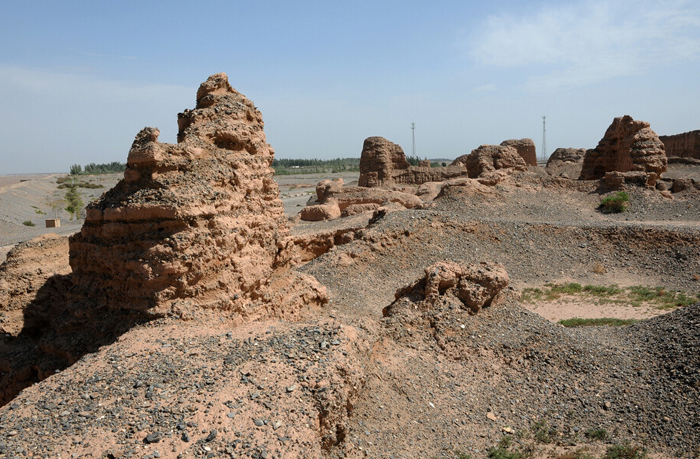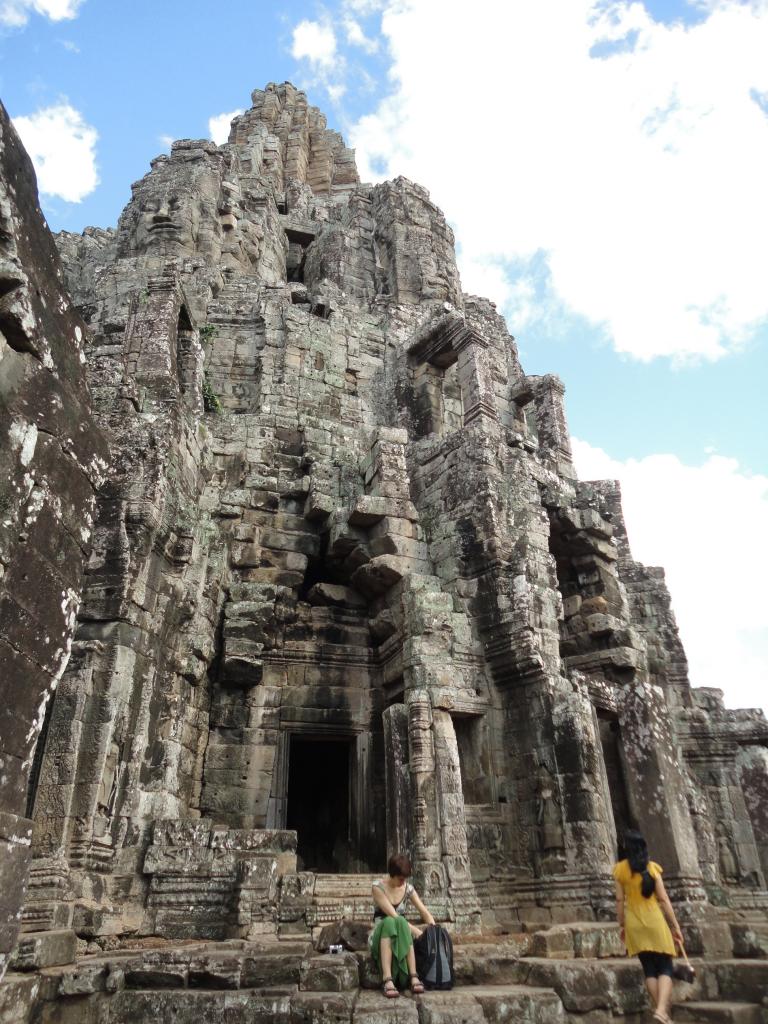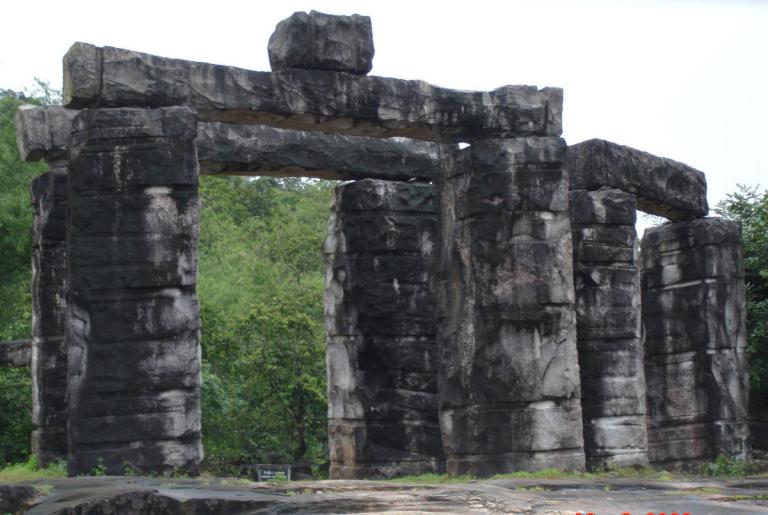Zhao Huli Buddhist Temple
2 min readThe Zhao Huli Buddhist Temple is also called Subhash Buddhist Temple, located in mountain ridges on two banks of Kuche River Longkou about 23km from the northeast of today’s Kuche County. It is the temple relics belonging to the Wei and Jin Dynasties and the key cultural relic protection unit in Xinjiang Uyghur Autonomous Region. The Zhao Huli Buddhist Temple is the largest temple relics existing in Xinjiang.

The temple is divided into an east zone and a west zone on the east and west banks of the Kuche River. The east zone is about 536m long from south to north and about 146m wide from east to west, built near the mountains. There are rooms and temple relics in the temple, all of which are made of adobes. The walls are as high as over 10m. There are three tall towers in the temple, and the northernmost tower stood on the hillside, from where the whole temple relics could be overlooked. The west zone is about 658m long from south to north and about 70m wide from east to west. It is ofa rectangular shape, and the ruins in the courtyard are dense. Buildings are concentrated in the west zone, comprising a Buddha hall, monk rooms, northtower, middle tower, south tower and 3 grottoes. The buildings in the west zone focus on the north tower, the middle tower, the south tower and the temples in the south. There are residual murals and notes written in the Qiuci language in the grottoes. Besides a lot of copper, iron and pottery utensils, agreat number of ancient coils and ancient books written in various languages were ever unearthed, including precious wooden slips in the Qiuci language and silver coins of Khosrow Il in the Persia Sassanian Dynasty. People also had a great discovery about the Buddhist relics. French Pelliot and Japanese Tesshin Watanabe once took two round sarira boxes. The sarira box plundered by Watanabe Tetsuo was painted with four flying children respectively holding musical instruments such as konghou, pipa and flute on the box cover, and 2 dancers dressed in martial attires with 2 people wearing pig head masks on the box body. The sarira box is an important material for studying the Qiuci’s music and dance.

In 628, the second year of the reign of Emperor Tang Taizong, the famous monk Xuanzang passed here on his westward way to India for Buddhist scriptures. He saw that the monks were gathered in the temple and the joss sticks and candles burning at the temple were vigorous, so he stayed here topreach Buddhism for more than two months. After the Anxi Protectorate of the Tang Dynasty moved to Qiuci in the middle of the 7th century, most eminent monks from Central China gathered here, and Buddhism was very popular at that time. By the gth century, the temple had been declined because of warfare.At the beginning of the 14th century, the temple was completely abandoned.









